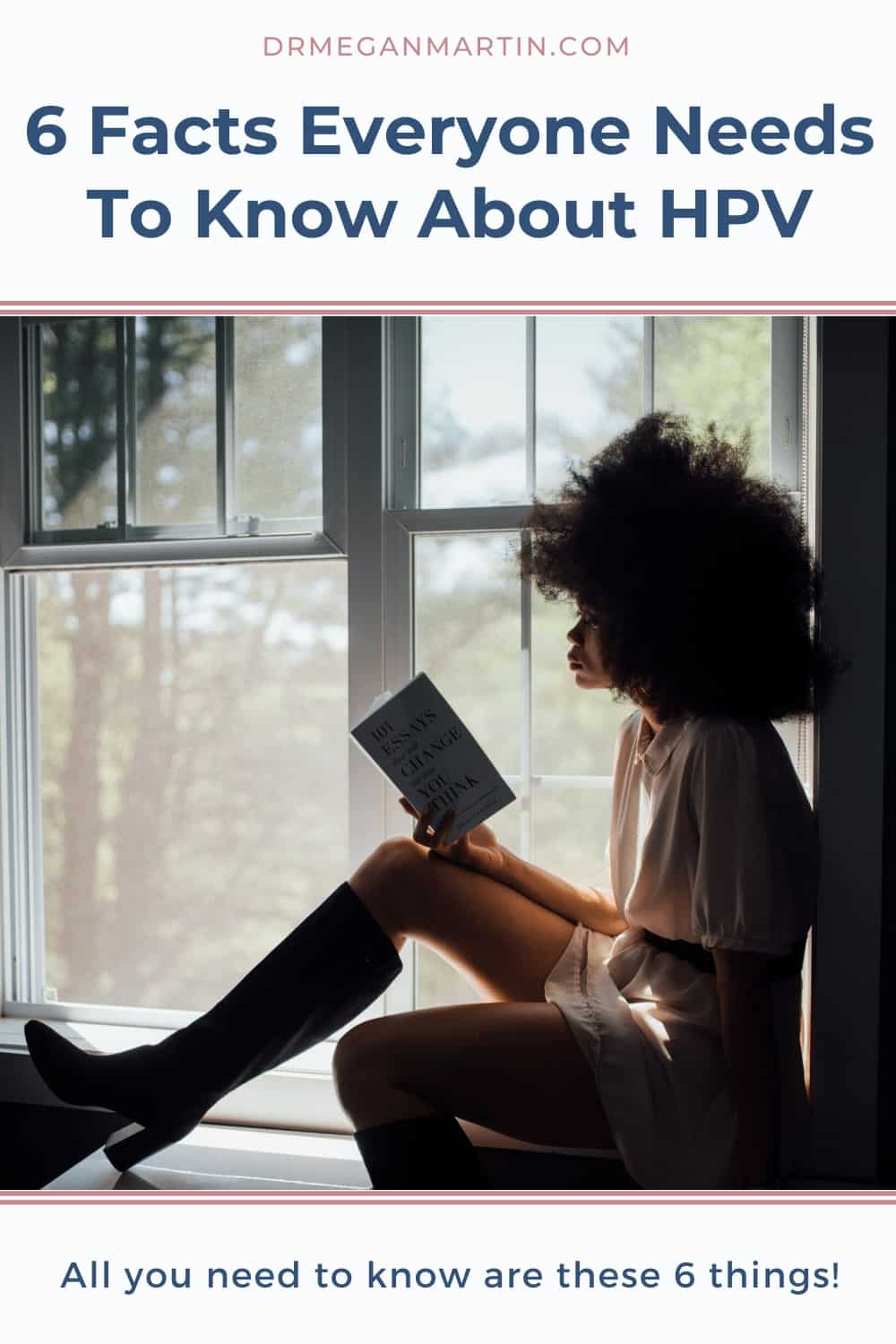HPV, or human papilloma virus is a sexually transmitted infection that everyone needs to know about. But just how worried do you need to be about it? Is it something you can ignore or are there certain things you need to watch out for. The answer: a little bit of both.
1. 80% of sexually active people will get HPV at some point in their lives.
You read right! A big ol’ 80%. That’s 4 in 5 people. If you’re having sex, there’s a good chance you have or will have HPV at some point in your life.
HPV is spread through skin-to-skin contact, which includes genital, oral or anal sex. This means that it is very difficult to prevent transmission. Using a condom during penetrative sex won’t be enough to prevent it. If you want to properly protect yourself and your partners, you will need to include other barrier methods into your sexual play, like dental dams and gloves.
Want to know more about how to protect yourself?
If you would like to know more about how to protect yourself from HPV and other sexually transmitted infections, you’re in luck! I have created a Mini eBook called The Ultimate Guide to Safe Sex for Women Who Love Women. AND I’m giving it away ABSOLUTELY FREE for a limited time only! Safer sex is so much more than just condom use.
Inside this guide you will find everything you need to know and more! It contains all my tips and tricks that will keep sex fun AND protected.

2. Most people with HPV will never know that they have it.
Most people with HPV infections don’t have any symptoms at all. They won’t have any idea that they are infected, and it may resolve all on its own. They can live their whole lives never knowing that they had it.
If you do have symptoms, you can experience the following:
- Growths or warts on the genitals, anus or mouth
- Foul smelling vaginal or anal discharge
- Bleeding after sex or penetration of the vagina or anus
- Changes in the colour or thickness of the vulva skin
- Difficult or painful swallowing
Aside from warts, all of the other signs or symptoms may be indicating that something more serious is going on and you need to see a doctor urgently. The reason? See the next point below.
3. HPV can cause cancer.
The reason why everyone is always talking about HPV is because HPV can cause cancer. In fact, cervical cancer is almost exclusively caused by HPV! This is why Pap smears or Pap tests are so important. If you’d like to learn more about Pap smears and when you should get them done, check out this post.
While the link between HPV and cervical cancer is a relatively well-known one, we often forget that HPV can cause other cancers as well. HPV can cause cancer of the vulva, vagina, penis, anus, mouth and throat.
4. There are over 100 different types of HPV.
Only half of them infect the genital tract, but that’s still a big number. The good news is that most types of HPV are considered low risk. The ones we worry about are the high risk types. The high risk types of HPV can cause cancer of the genitals, cervix, anus, mouth and throat as mentioned above.
The high risk types are:
- Cancer: types 16, 18, 31, 33, 45, 52, and 58.
- Genital warts: types 6 and 11.
5. There is a vaccine for HPV.
This is great news! There are actually 3 different types of vaccines available for HPV. You can choose any one of them, but the choice usually ends up being based on what you can afford or what’s available to you. The more types of HPV the vaccine covers, the more types of HPV it will cover, and the more expensive it will be.
- Cervarix: Covers type 16 and 18 (80% of cervical cancers)
- Gardasil: Covers 6, 11, 16, 18 (90% of genital warts and 80% of cervical cancers)
- Gardasil 9: Covers 6, 11, 16, 18, 31, 33, 45, 52, 58 (90% of genital warts, 80% of cervical cancers and additional coverage for cancer of the cervix, anus, vulva, vagina, penis, and throat).
If you only have access to Cervarix, which only covers 2 types, that’s okay! Cervarix covers you for 80% of cervical cancers, which is great protection. WAY better than having no vaccine at all.
6. There is no cure for HPV.
Despite all the knowledge we have about HPV and its strong link to cancer, there is still no cure for HPV. But that doesn’t mean we need to panic. As we talked about before, most types of HPV are harmless and can disappear on their own.
If you have one of the high risk types of HPV, and therefore have an increased risk of getting cancer, then what we do is increase your screenings just to keep a closer eye on you. This may mean more frequent Pap smears and annual check-ups.
The aim here it to pick up any suspicious changes or cancers while they are still in the pre-malignant stages. This means that we can catch the cancer in the early phases and take it out before it actually becomes cancerous.
If you develop benign warts (not cancerous) on your genitals or anus, we can manage them a variety of different ways and remove them. This is usually done more for cosmetic reasons than any real danger to your health, and is therefore optional.
In summary
HPV is an extremely common sexually transmitted infection, and definitely not something to be ashamed about. You can live your whole life without ever knowing that you had it because it usually shows no signs at all.
If you find out that you have a high risk type of HPV, make sure you go for frequent check-ups and Pap smears. You don’t want to leave it until it becomes cancer and becomes very difficult to treat. Cervical cancer can be curable if you catch it early enough!






0 Comments